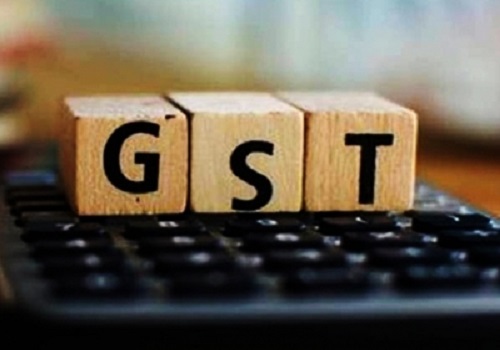Low base to push combined capex growth to 13.4% in FY26BE by Motilal Oswal Financial Services Ltd
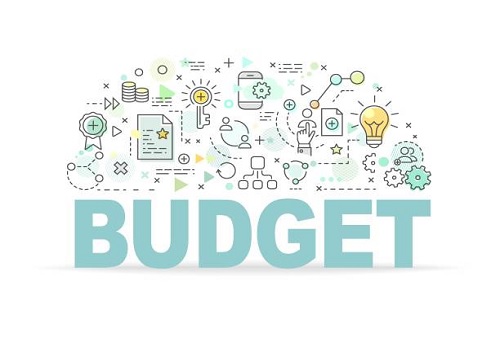
Low base to push combined capex growth to 13.4% in FY26BE
Budgeted at 3.7% of GDP in FY26, lower than in pre-Covid years
* What is the budgeted capex growth and what should be included in the capex budget? The answers to these questions should not be a matter of confusion but they are. Therefore, we attempt these questions in this note.
* As of last year, the Center’s budgeted capex estimates were widely quoted, which were growing at a fast pace. In the past many years, we have highlighted that off-budget capex (done by central public sector enterprises or CPSEs) must be included in the budgeted capex to find out the true capex estimates. While the inclusion of CPSEs is a widely accepted practice now, another line item – called ‘grants for creation of capital assets’ to states/UTs – is included in the budgeted and CPSEs capex this year to estimate growth in the Center’s capex.
* Based on the headline data, growth in the Center’s capital spending is revised to 7.3% YoY in FY25RE (from 16.9% YoY in FY25BE) and is budgeted to grow 10.1% YoY in FY26BE. CPSEs’ capex is budgeted to grow 12.9% YoY in FY26BE, from a decline of 1.9% YoY in FY25RE (13.0% YoY in FY25BE), and the ‘grants for creation of capital assets’ are budgeted to grow at a 14-year high pace of 42.4% YoY in FY26BE, compared with a fall of 1.3% YoY in FY25RE (21.7% YoY in FY25BE). All combined, the aggregate capex is budgeted at INR19.8t in FY26BE from INR17.0t in FY25RE (INR18.7tn in FY25BE), implying a growth of 16.4% YoY next year, from a revised growth of 3.5% this year (from 17.1% YoY in FY25BE).
* There are good reasons why ‘grants for creation of capital assets’ should not be included in the Center’s capex. Many of these schemes, such as MGNREGA or PM Surya Ghar Muft Bijli Yojana, are not capex, and more importantly, such expenditure on capital assets will be included in states’ capex.
* Three further adjustments are needed to understand the true extent of the GoI’s true capex: 1) The Center’s capital spending has two parts – capital outlays/expenditure (or capex) and loans and advances (L&As). The latter must be excluded, as they would be included in states’ capex; 2) The GoI has included the equity infusion of INR339b into BSNL in FY26BE under capex, which must also be excluded, as it does not have any capex multiplier; and 3) Investments of Food Corporation of India (FCI), within CPSEs capex, must be excluded since they are operational expenses.
* After adjusting these factors, the combined capex is budgeted to grow 13.4% YoY in FY26BE vs. 4.7% growth in FY25RE (revised from 14.3% YoY in FY25BE). Further, the GoI has included INR417b as ‘New Schemes’ under the Ministry of Finance, for which we could not find any details (vs. INR91b in FY25RE, revised from INR626b in FY25BE). The combined capex growth will ease to 10.7% YoY in FY26BE, from 3.9% YoY in FY25RE (8.5% YoY in FY25BE), if we exclude the allocation to ‘New Schemes’.
* Overall, the combined capex is budgeted at 3.7% of GDP in FY26BE, better than 3.6% in FY25RE but lower than 3.8% of GDP in FY24 and 3.9% of GDP in the pre-Covid years.

For More Research Reports : Click Here
For More Motilal Oswal Securities Ltd Disclaimer
http://www.motilaloswal.com/MOSLdisclaimer/disclaimer.html
SEBI Registration number is INH000000412



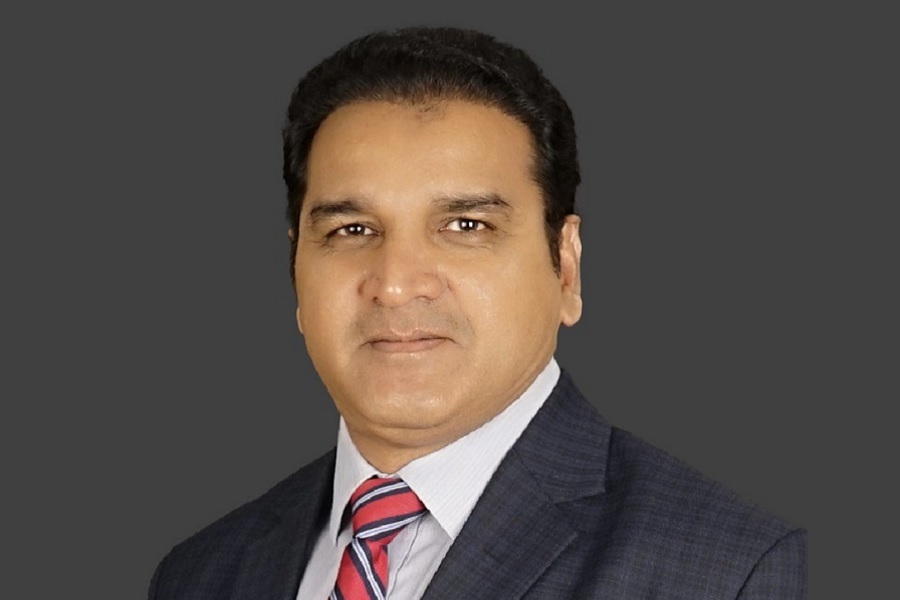
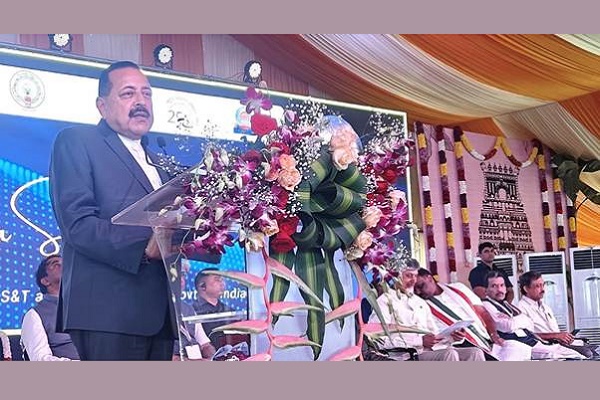

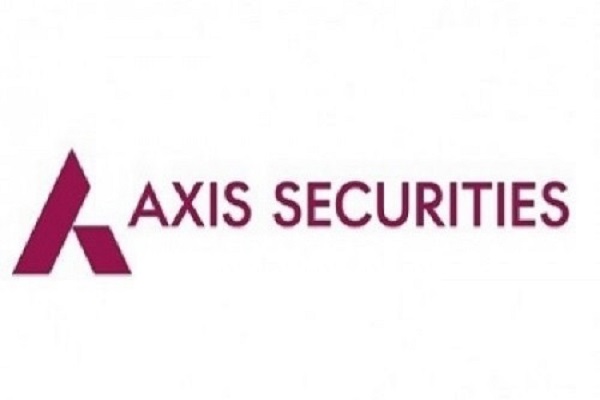

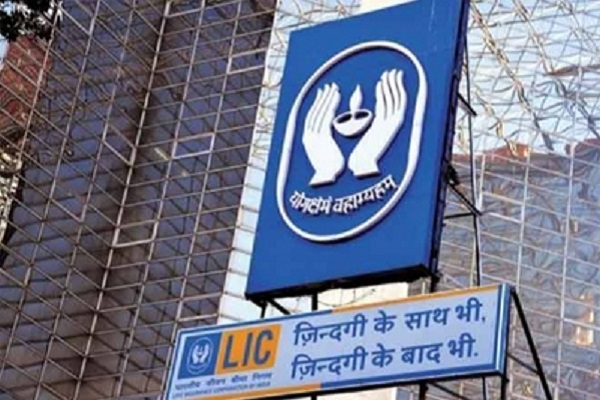
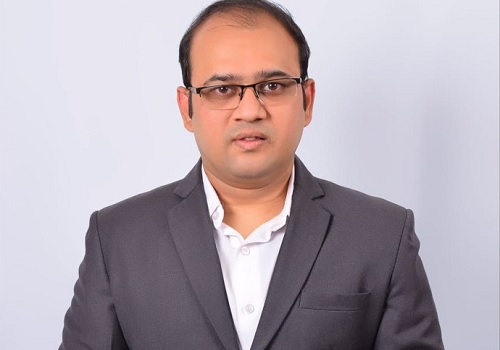
More News

The Economy Observer : Rural rules, urban follows by Motilal Oswal Financial Services Ltd
